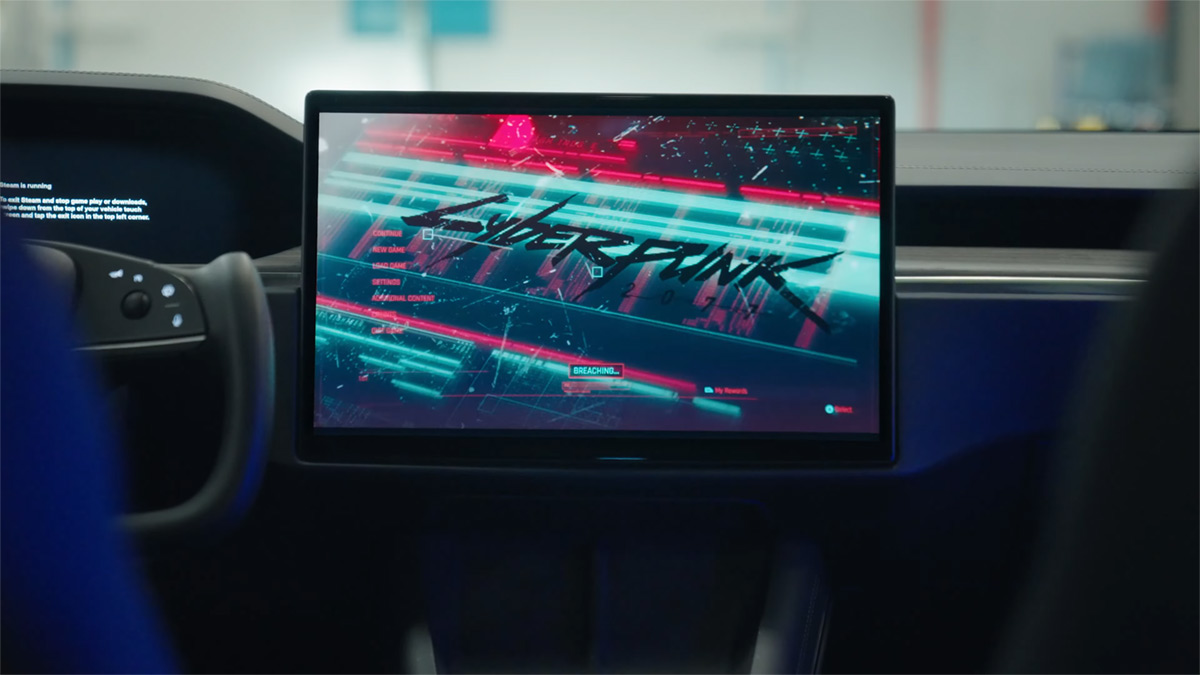Google Is Finally Making Chrome Use Less RAM


Google Chrome uses sandboxing to improve security, which has the unfortunate side effect of requiring more RAM for each tab. There’s a new feature rolling out that (partially) addresses the problem.
Google today announced two features coming to the Chrome web browser. First is the Energy Saver feature that rolled out alongside Chrome 108, which limits background activity and visual effects to conserve battery life. The other change is Memory Saver, which frees up available RAM by clearing some background tabs. It has been in testing for a while, but now it’s rolling out to everyone.
The behavior is similar to how background tabs work on all mobile browsers. Chrome will clear a tab if you don’t use it for long enough, which will keep it visible in the tab bar, but will require reloading after you click on it again. Google said in its announcement, “Memory Saver mode frees up memory from tabs you aren’t currently using so the active websites you’re browsing have the smoothest possible experience. This is especially useful if you’re running other intensive applications, like editing family videos or playing games. Any inactive tabs will be reloaded when you need them.”

Many browser extensions have implemented similar functionality over the years, most notably “The Great Suspender,” which was booted from the Chrome Web Store in 2020 after the new owner added malware. Microsoft Edge’s “Sleeping Tabs” feature is also more or less the same as Chrome’s new Memory Saver.
It’s great to see a control on background tabs finally arrive in desktop Chrome, without the need for a third-party extension. If you don’t see Memory Saver yet, you may be able to enable it manually with a feature flag. Navigate to chrome://flags/#battery-saver-mode-available (clicking the link won’t work, you have to copy and paste it), set the highlighted dropdown menu to “Enabled,” then restart Chrome when asked. Afterwards, you might see the settings page at chrome://settings/performance — in my case, the page was blank even after enabling the flag.






